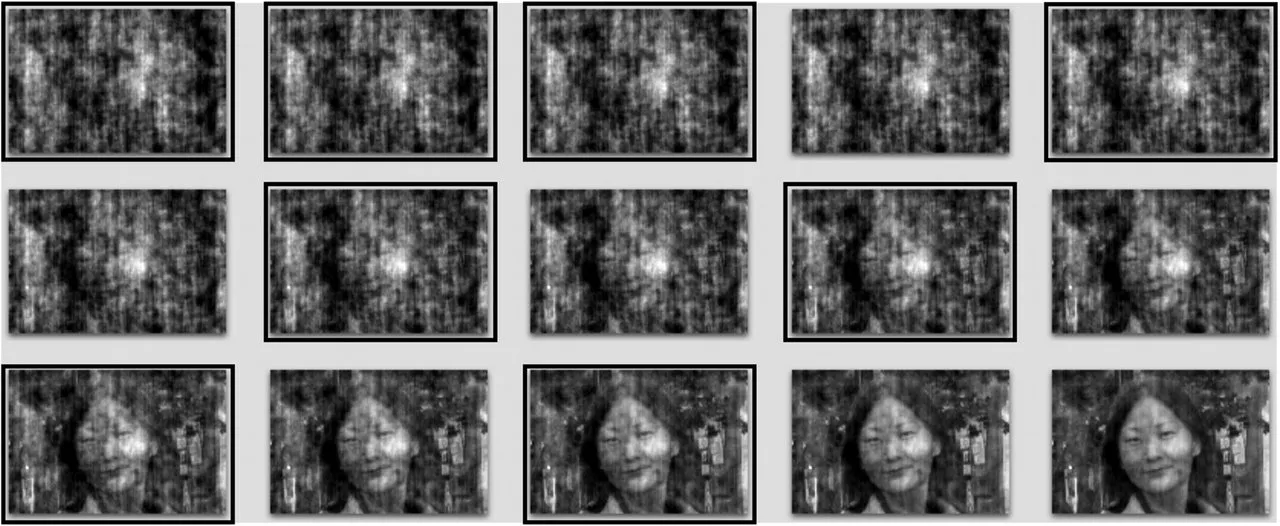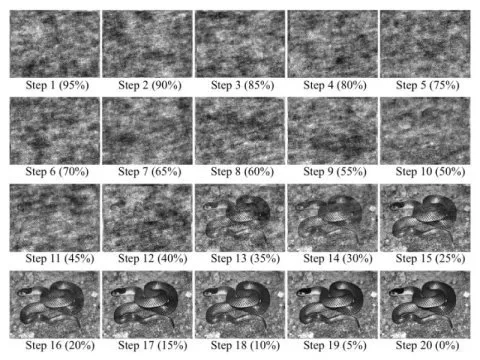It has been theorized that human vision has evolved to be particularly keen in identifying dangerous animals or situations. Some recent studies have suggested that the eyes of humans and other primates may be able to more easily recognize hazardous creatures like snakes and spiders, increasing their chances of their survival (now dubbed the ‘Snake Detection Theory’). Simply put, in early humans, those who were able to detect and avoid these dangers would be more likely to survive and pass on their traits, enabling their offspring to visualize and escape these dangers as well. So even today, could our eyes be specially adapted towards identifying snakes?
The Nagoya University research team set out to test this theory; until now, it’s been difficult to compare the recognition of different animals in an unbiased way because of their different shapes, anatomical features, and the camouflage of their environment. To begin confirming (or busting) the theory, they utilized a relatively new tool utilized in psychology: Random Image Structure Evolution (RISE). They used this tool to create 20 images depicting animals (snakes, cats, birds, fish, etc) that ranged from completely blurry to completely clear; the researchers then asked study participants to look at the pictures and attempt to identify the animal. Starting with image one, the absolute blurriest, the participants would view the images in order until they could make out the identity of the animal depicted.
“Participants looked at a sequence of 20 pictures with interpolation ration starting from 95% to 0% with steps of 5%. RISE sequence gradually changes from unorganized to well discernible. Because of the algorithm that it uses, RISE produces images that allow unbiased comparison between the recognition of different animals. In the images, the animals are 'camouflaged' in a uniform way, representing typical conditions in which animals are encountered in the wild." -Nobuyuki Kawai, first author, Nagoya University Research Team Source
Interestingly enough, the snakes were generally well-identified by the six to eighth images (out of the total twenty). The other animals were typically unidentified until participants viewed the ninth and tenth images which were significantly less blurry.
"This suggests that humans are primed to pick out snakes even in dense undergrowth, in a way that isn't activated for other animals that aren't a threat.” -Hongshen He, co-author, Nagoya University Research Team Source
These findings offer strong support to the Snake Detection Theory. The results of the tests conducted using RISE are evidence that the visual systems of humans and closely related primates has evolved in a manner that allows them to identify potentially dangerous or even lethal animals. This discovery is also important for another reason; because we understand that early humans evolved to detect snakes, we can begin to further understand the evolutionary pressures our early ancestors faced!




